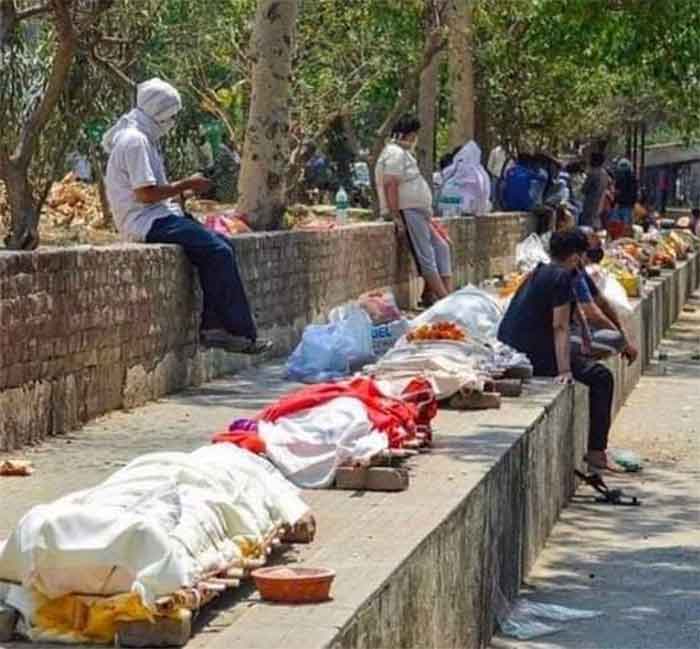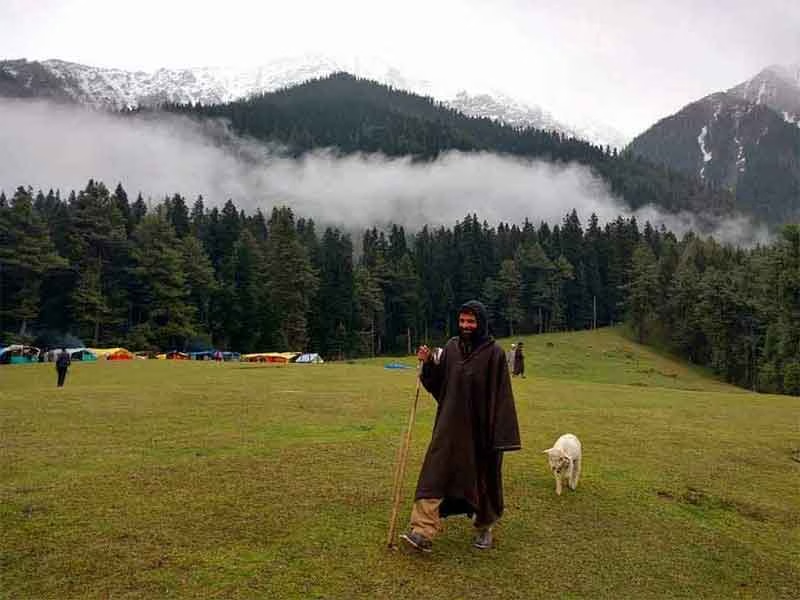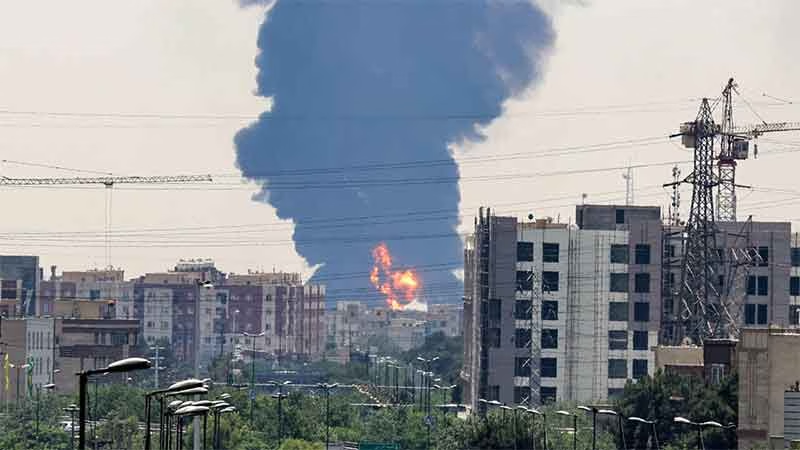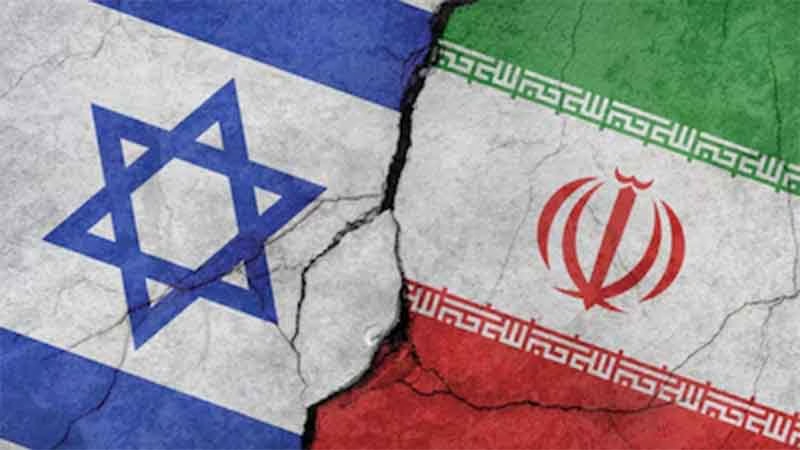
The ongoing pandemic caused by Coronavirus or “SARS-Cov-2” has paralysed the whole world. It is by far the worst of the pandemics known to the human history cutting across geographies with catastrophic results for world economy & life of people with increasing daily numbers of deaths, and more testing positive for the disease. In these trying times, people living today in the epidemic-free parts of the world since a century or more, now confined to their homes due to ongoing Coronavirus pandemic, are usually persuaded to think about their past, whether & when the epidemics, if at all, had visited their places in the past. Kashmir, as such, persuades every Kashmiri to know something about epidemic-history of the valley. With all honesty, it may be said, till the valley of Kashmir got exposed to the outsiders from Punjab & other Indian places, and opened up via new routes of trade & travel, from the Mughal era down to the Dogra Rule, & till date, it remained mostly immune to the epidemic disasters, albeit natural calamities & manmade disasters always played havoc with its inhabitants from time to time. Kashmiris in history have endured severest “natural & other calamities” of conflagrations (e.g. 1615, 1875 & 1878), famines (e.g. 1597, 1745, 1864, 1877, 1878-1889), floods (e.g.1877, 1893 & 1903) & earthquakes (e.g. 1863, 1878 & 1884-1885). While many rulers inflicted more suffering on the people by plunder, the far-sighted ones helped them during those calamities by bringing food, setting up lungers, providing shelters, money & work. The atrocities & indifferences of outsiders complicated the problems. However, all that is not the discussion here. It is epidemics specific.
In the ancient past, the visitation of devastating earthquakes, famines and inundations caused terrible epidemics among the inhabitants of the beautiful valley of Kashmir. Without detailed accounts though, we find the earliest mention of some epidemics in Kalhana’s Rajatarangini, which according to the Chronicler, occurred during the reigns of Raja Harsha in 1099 AD (plague), Raja Uccala during 1101-111 1 AD (Cholera) & Raja Sussala during 112-1120 AD (plague). In Dr. M A Stein’s acclaimed translation of the Kalhana’s Chronicle, we don’t, however, find detailed accounts of the epidemic diseases in Kashmir’s ancient history. There is a strange mention in the Chronicle about plague caused by Luta during the time of Jayapida 779-810 AD. (I-IV: 169, Sholakas/Verses 524-529). Luta in Sanskrit means Spider. Luta-disease was “contagious & fatal”, the Chronicler writes. Under medical science, spider-bite causing epidemic disease like plague may now look quite strange.
In the Middle-Ages, the first recorded account of an epidemic disease in Kashmir is found in the Emperor Jahangir’s Memoirs. In 1615, during his reign, epidemic of “plague had occurred & taken firm hold of the valley. Many people died. The symptoms were that the first day there was headache and fever and much bleeding at the nose. On the second day the patient died. In the house where one person died all the inmates were carried off. Whoever went near the sick person or a dead body was affected in the same way. In one instance the dead body was thrown on the grass, and it chanced that a cow came and ate some of the grass. It died, and some dogs that had eaten its flesh also all died. Things had come to such a pass that from fear of death fathers would not approach their children, and children would not go near their fathers”. (I: 442)
In the memoirs of Abul Fazl, Akbarnama, no specific or precise mention of any epidemic disease like cholera , etc, has been noticed in Kashmir during 1589, 1592 & 1597: the three times Abul Fazl had accompanied the Emperor Akbar during Emperor’s visits to the valley. No details are given anywhere, though Abul Fazl mentions of epidemic as “a strong wind of destruction” that had destroyed many Southern provinces of Hindustan in 1575 AD. (3:227)
The natural & other calamities produced resultant pestilence which swept away thousands of people of the valley. (Newell: 445) Apart from the severest outbreaks of plague during 1903-1904 AD, cholera during 1888, 1892, 1900-1902, 1906-1907 and 1910 AD, among all men and women of the valley, small-pox among children & goiter mostly among villagers were other commonly found diseases in the valley. “19th Century witnessed in Kashmir a series of appalling famines and epidemics, which wrought terrible havoc in the mass of the rural population particularly. The last famine, 1878-79, alone is supposed to have removed three-fifth of the population from the Valley”. (Dr. Stein: 136) In the winter of 1892 the ravages of small-pox among the children of the valley and the city probably caused greater mortality than the cholera epidemic of the same year. Goitre was frequent especially common in villages. But the great scourge of Kashmir was the cholera which visited the valley ten times since 1824, but probably the worst epidemic of cholera within the memory of man occurred in the summer of 1892, when 5,781 persons died in Srinagar, and 5,931 in villages. (Lawrence: 34, 218) So epidemics of cholera or other preventable diseases used to come and, after killing thousands, died their natural death and then come again, but no attempt was made to prevent their recurrence. The chief reasons attributed to these epidemic diseases of the past were absence of drainage & sewerage systems, consumption of contaminated water from Jhelum & Dal in city, & other water bodies in towns & villages, squalid living conditions of people. So, for these main causes, coupled with heavy influx of outsiders to the valley, the people fell an easy prey to cholera and other diseases.
The vaccination of epidemic diseases of cholera etc was known to Europe, America & China, centuries before, but it came very late to Kashmir. The poor sanitary system & absence of proper medical & vaccination facilities attracted the attention of Dr. A. Mitra, a Bengali-man, who was [First] Chief Medical Officer of Kashmir & President of the newly set-up Srinagar Municipality, and also of Dr. Ernest Neve and Arthur Neve of the Medical Mission in Kashmir of the Church Missionary Society of England. Under the directions of British Resident during the reign of Maharaja Ranbir Singh, Dr. Mitra made big sanitary reforms in Srinagar & other towns, and likewise, Neve-Brothers introduced vaccination of cholera & small-pox first time in Kashmir in 1894. (Bamzai, 3; 710, Koul, 109-110, Lawrence, 35) Since then, with arrival of more & more vaccinations & drugs, greater advancement of sanitary, health & educational systems in the valley, all these & other virulent epidemic diseases stand eradicated from the valley now.
Lawrence says before 1598 AD cholera was unknown or was known by a name different to that now used in Kashmir. It was & is called ‘ Wabah” in Kashmiri. But presently even, Kashmiris refer to every calamity, natural or manmade, as Wabah. Most probably, Kashmiri name of cholera or any other epidemic, “Wabah” is the same what Abul Fazl means by his words, “a strong wind of destruction”. Till 1880, even among European nations, common belief was that the epidemic like Cholera was spread by obnoxious air which was called “miasma”. The scientists since 1854 have discarded this theory as obsolete.
It seems that the people of the world had an understanding of contagious nature of pandemics from early times. When scientific knowledge had not advanced, the people of London in a traditional way, during outbreaks of plagues from 1347 to 1500 AD, used to put a bale of hay or a white pole outside the homes of those-affected by the epidemic of plague. This was done those days to isolate the sick from non-sick. During “Great Plague of London, 1665”, those-affected were cruelly dealt with by shutting them inside their homes with Red Crosses & pleas, “Lord have Mercy on us”, inscribed on their doors outside. Thereafter, plague got eradicated from London, the myth says. In Kashmir, the Emperor Jahangir has an interesting narrative to tell us. He writes that when the plague of 1615 struck Kashmir, he was told that 3000 houses burnt in a “mysterious” fire & that all burnt houses bore three circles before burning which ended the epidemic, thus. But, the enlightened Emperor, not agreeing with the “myth”, adds “it seems a strange affair. It certainly does not agree with the canons of reason, and my intellect cannot accept it” (I: 442-443)
However, there has been from early times a scientific way of dealing with obnoxious outreaches of epidemics, isolating sick-n-suspect-sick & stopping spread of epidemics, in the countries. And, not humanely-disgraceful way of cruelly isolating the sick as mentioned above. For confirmed sick, we have had hospitals there for treatment. The practice of putting “suspects with travel history” in isolation in a more dignified and scientific way is followed till date with improvements. To recall, the epidemics & pandemics have had a definite connection in human history with travelling of people, in connection with their trade, businesses, jobs, education, trips, who sometimes bring infections from other infected-places along with them, when they return to their native places. It is for this reason that, during pandemics like present coronavirus, those with a travel-history or otherwise “suspect” of infection are nowadays stopped & isolated by the administrations at entry-points to their native cities & places. Or, the administration requires people to stay at home for their own & others safety. It is called quarantine. The period of quarantine varies. In India, it is upto three weeks at present. But how this practice of quarantining people arose in the world. Its history can be found on the websites of Oxford Academia & Science Friday.
M J Aslam Author, academic & freelance columnist:
SIGN UP FOR COUNTERCURRENTS DAILY NEWS LETTER
















































